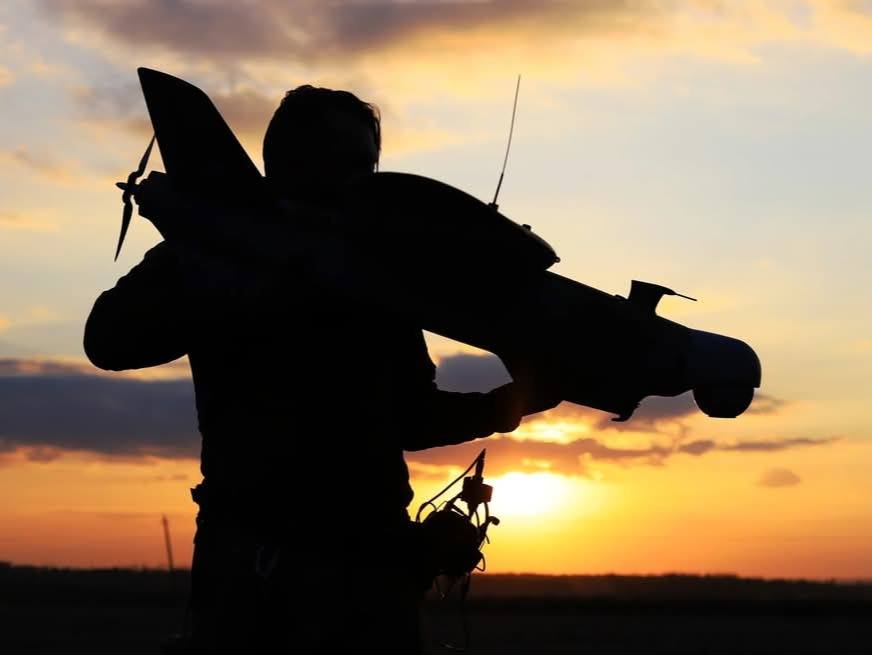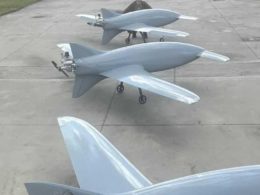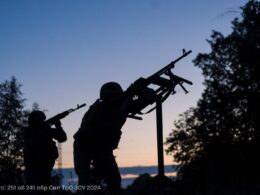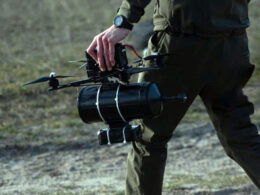Ukraine's 20th Separate Regiment of Unmanned Systems K-2, part of the Drone Line project, is offering new spotter vacancies that didn't exist in armies even 10 years ago.
"Spotter is a relatively new term in the military vocabulary regarding unmanned systems. A spotter is a bridge between the world of sappers and the world of drone operators. They equip the drone with its combat payload before it flies to its target," K-2 explains.
The spotter is a very important combat unit because it works in tandem with the pilot. This allows the drone operator to focus directly on flying. A well-coordinated team of pilots and spotters is a real nightmare for the enemy.
All spotters at K-2 undergo two weeks of training and preparation at the unit's base with experienced and qualified specialists who know how to work with explosives. Spotters are trained from scratch and thoroughly taught safety techniques and the primary and secondary types of munitions used in operations.
Spotters are an integral part of FPV drone crews, as well as crews of light and heavy bombers. They work from the same positions as the pilots and are located at the same distance from the front line as the unmanned aerial vehicle operators.
"We take the training process of spotters very seriously. Our main rule is safety first. A strong emphasis is placed on it. Depending on its type, the combat payload has different safeties, allowing a competently trained specialist to perform their work without accidents," K-2 emphasized.
Earlier, Russian forces conducted a large-scale assault on Ukrainian territory in the early hours after the end of the so-called Easter ceasefire, deploying 96 drones and three missiles of various types across multiple oblasts.
Since the full-scale invasion began in 2022, Russia has been targeting civilian infrastructure in Ukraine almost daily, damaging hospitals, schools, kindergartens, utility facilities, and residential buildings. The Russian leadership, however, continues to deny deliberately striking civilians.





